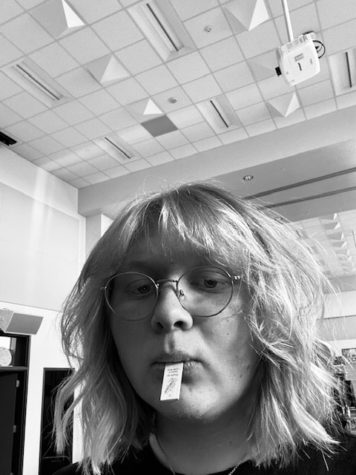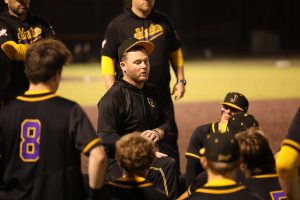Unpacking Budgeting for Extracurriculars
October 5, 2022
For years, the budgeting for programs in the school has been cryptic information and it’s finally time for the budgeting process to be revealed to the student body.
Out of the 55 clubs and programs at Johnston High School, about half of these groups are funded by the district. The programs that are funded get the facilities for their activities and their equipment.
As for groups without provided funding, they must raise their own money through donations or fundraising. For instance, the stadium painting meal profits went to Best Buddies, or the gas pump fundraiser for the Band. Other extracurriculars such as Mock Trial, Academic Decathlon and National History Day have to be paid for by the student or their family to participate.
When Mike O’Connor, the new athletic director at Johnston, was asked how the program budgeting was determined and if he could speak on how programs fund themselves, O’Connor responded with “Currently, there is no defined process in place in regards to how programs spend/raise money. We are in conversations to address that in the future. Each program has a school account where funds generated and raised are kept. Programs generate revenue through fundraising, gate receipts, camps/clinics and donations,” O’Connor said.
When asked further about if there was a system of checks and balances for program funding O’Connor replied “We strive to make sure all of our programs have their needs met. If someone has a need we will work with them to help meet that need,” O’Connor said.
Whether extracurricular groups are competitive or not, across the nation Johnston clubs perform fairly prestigiously, with TSA having a national president, state president, and multiple state champions while Best Buddies chapter is one of the best in Iowa. Still, these programs are held responsible for their own funding. The budget does not rely on factors such as the success and failure rate of programs,
“No, success is not taken into account” said O’Connor.
The money raised by programs widely varies from hundreds to thousands of dollars, leaving some programs with an insufficient budget to support their activity. For example, the Football department makes it to the playoffs every year and has one of the highest budgets of the programs in our school. At the same time, groups that go to state or nationals every year such as Mock Trial or National History Day don’t get district money and require students to pay to participate.
In 2017 Americans spent $55.9 billion on sporting events and in 2021, $13.9 billion on the Super Bowl, as reported by Statista. Undoubtedly, sports, recreation and football are highly valuable to US culture and this is reflected at JHS too.
Although it’s natural for cultural values to be represented in funding of high schools, opinions on the validity of this differ from person to person.
“Any money raised by the school would go to the school, potentially the activities department as a whole, but not to specific programs.” said O’Connor, who explained the general fundraising process overall.





